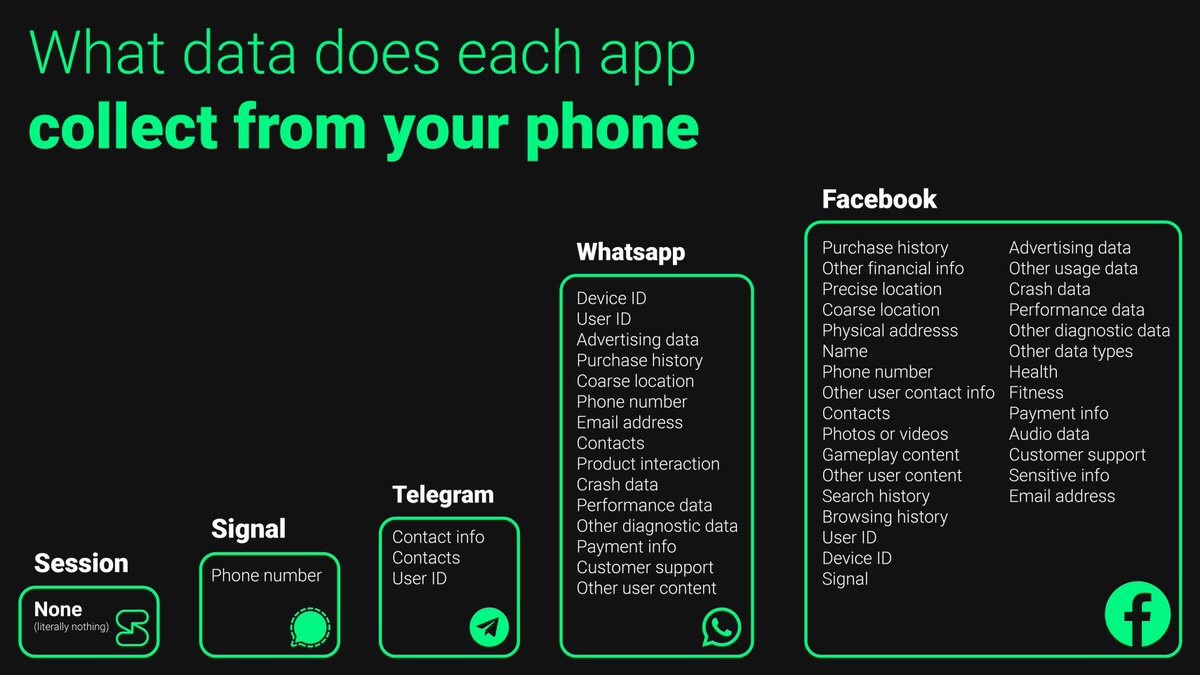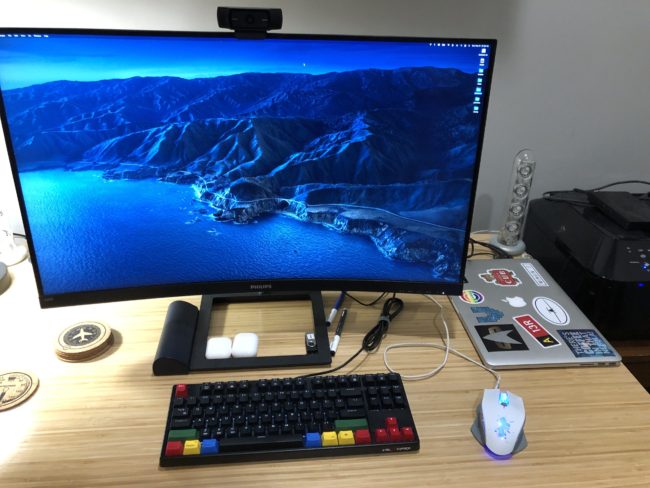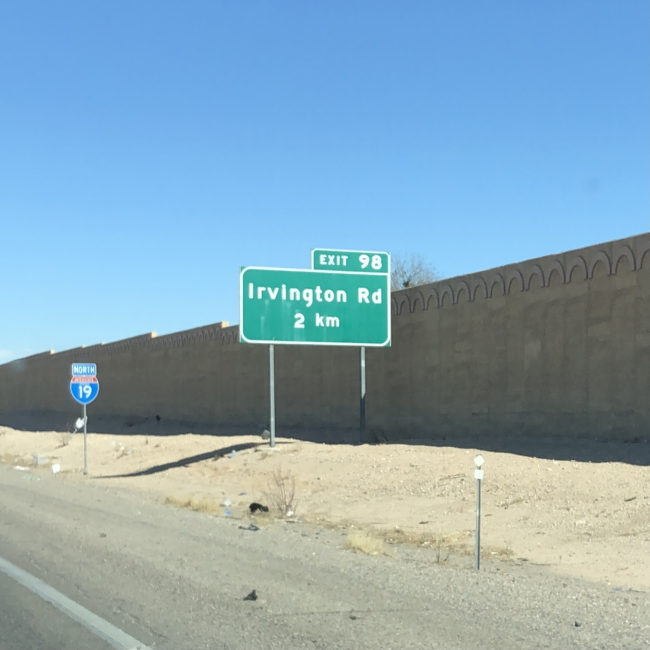Earl flew to Tucson to do the final walkthrough at the house. Everything passed his inspection and other expectations, so all systems are go. Because of his absence, I had to handle the financial matters.
I took the very important paper to our local bank and asked them to do the necessary wire transfer to make things all a go. The person at the bank was very kind, efficient, and well informed and handled my transaction with ease.
As I sat across from her, behind the large plexiglass that is ever present these days, we exchanged pleasantries as her fingers moved around her Logitech keyboard. She barely used her mouse as she banged on the tab key like an expert. I have a habit of watching people type. I learned to type at an early age and I can move my 52 year old fingers rapidly and efficiently. Mom taught me how to type and it proved to be a most valuable skill. The representative at the bank did not use the traditional finger movements with her typing. The thing I immediately noticed was she was doing something with her left hand.
When she wanted to type one capital letter, for example “J” for my name, she would press CAPS LOCK, then J, then CAPS LOCK again. She only used the shift key for symbols on the number row. Whenever it was a capital letter, she toggled the CAPS LOCK key.
I refrained from pointing out that she was doing this.
I find this interesting, as she’s not the first person I’ve ever noticed typing in this manner. Because I learned to type at a young age, it has never occurred to me to type capital letters this way. In today’s keyboard centric world, whatever gets you through, but the shift key is there for a reason.
I was reminded of an experience back when I worked at the “NOC” for a small telecommunications company. I was trying to get a user connected to their Internet connection and they had to type an asterisk (*). They had no idea what that was. I said, “it’s the little star”. They asked how to type it. I told them to hold down shift and press the “8” key. They still couldn’t find the *. They’d press shift, release it, and then press the 8.
“I keep getting an eight”.
Finally, I said to them, “type a capital 8”.
BAM! An asterisk appeared on their screen. Problem solved..






